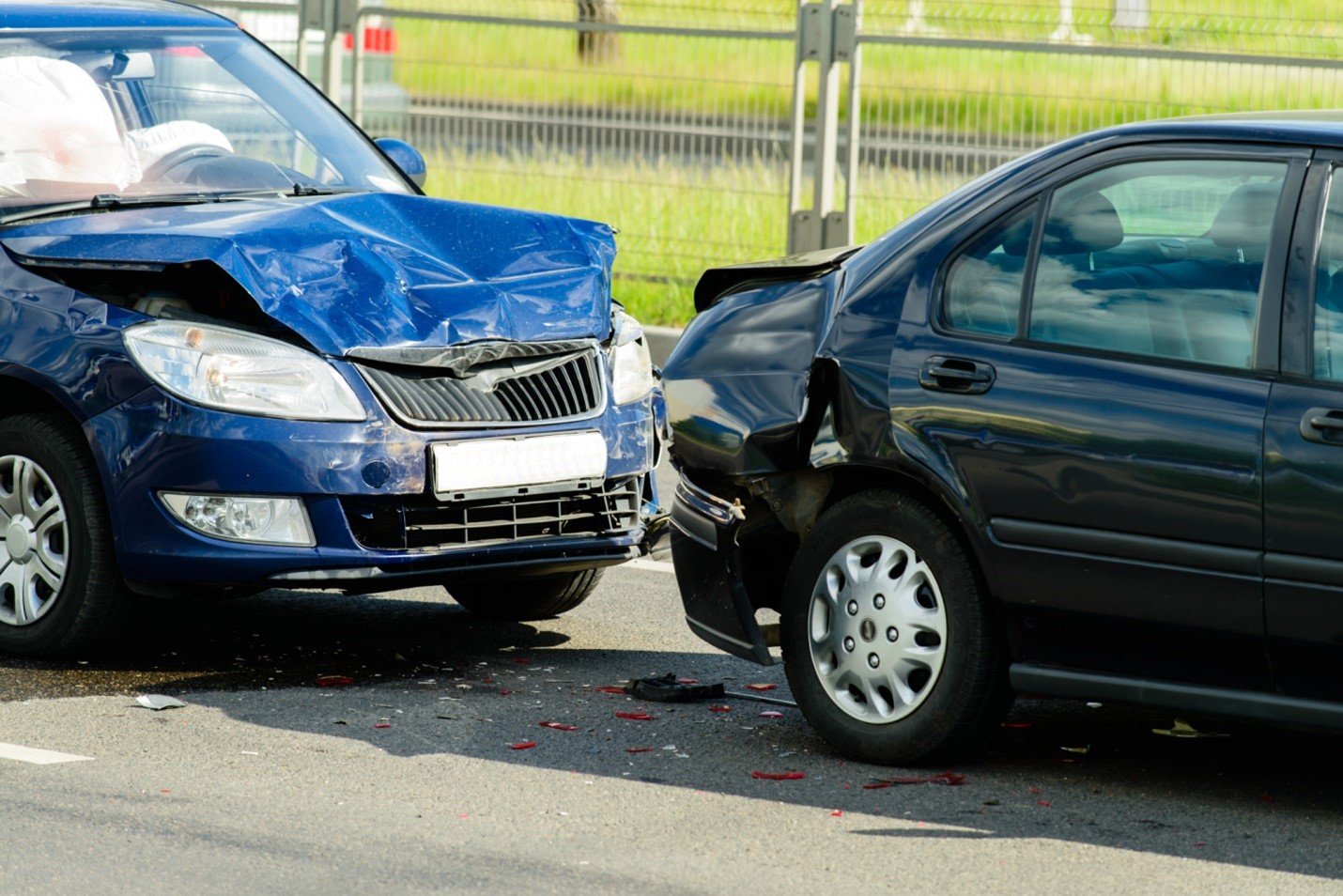7 Steps to Take Directly After an Automobile Wreck

About 72% of car accidents result in property damage. Another 27% result in non-fatal injuries, while 6% cause fatalities. Over six million crashes happen in the US each year.
The next time you’re in an automobile wreck, make sure to follow these seven essential steps. Following these steps can help you strengthen your claim. You can fight for compensation to avoid paying for damages out-of-pocket.
Read on to learn what to do after a vehicle accident today.
1. Stay at the Scene
Stop. Try not to panic. Instead, take a deep breath and remind yourself of these steps you need to complete.
One of the biggest mistakes you can make following a car wreck is leaving the scene of the accident. Instead, stay put. Don’t drive away, even if you think the damage is only minor.
Instead, move your vehicle away from incoming traffic. Stay close to the crash site. Have the other party move toward the same area.
Staying at the scene of the crash will ensure you gather the evidence you need to fight for compensation. It can also ensure you don’t get charged with a hit-and-run.
2. Contact Authorities
Once you’re in a safe place, turn on your hazard lights. Call the police right away. Some states require residents to file an official police report after a crash.
While waiting for the police to arrive, make sure everyone involved in the crash is okay. If someone is injured, call for medical attention.
Once the police arrive, walk them through what happened as you remember it. Get the police officer’s name and badge number. Ask if they can send you a copy of their report before they leave.
3. Gather Evidence
Avoid small talk while you wait for the police to arrive. Don’t say anything out of anger or apologize, either. Instead, exchange information with the other driver.
Record their:
- Name
- Address
- Photo of their license
- License plate number
- Car make, model, and color
- Insurance information
Document the scene before leaving. Get photos of the vehicles involved in the crash. Photograph your injuries and write down your record of what happened.
If anyone witnessed the crash, ask for their contact information.
4. Visit a Doctor
Visit a doctor immediately after the crash. They’ll assess and create an official record of your injuries.
Keep track of the treatments, medications, or surgeries you might need.
Keep a journal to track the symptoms you experience over time. You might not notice symptoms the day of the crash. Adrenaline could mask the pain.
5. File a Claim
Call your insurance company right away to file an official claim. Your insurance agent will walk you through the process. Follow their instructions to avoid any crucial steps.
Keep them up-to-date about your car repairs and medical treatments.
6. Hire a Lawyer
Hire a car accident lawyer as soon as possible. Hiring a lawyer will help you file a personal injury claim. Filing a claim will help you fight for compensation.
Winning a lawsuit can ensure you don’t have to pay for your losses out of your own pocket. Instead, you can use the winnings from your lawsuit to cover damages, lost wages, and pain and suffering as a result of the crash.
Before hiring a lawyer, consider their experience, expertise, and reputation. Look for a personal injury lawyer who specializes in auto accident cases. If your case had special circumstances (a rideshare driver, a wrongful death, etc.), make sure they have relevant experience.
Working with an attorney who has specialized experience can strengthen your claim.
Don’t talk to the other party’s insurance company without your lawyer present. Otherwise, the agent might try to say something you say out of context. One small mistake could get your claim tossed out.
You can read more about crash lawyers and how they can help here.
7. Track Expenses
Following the accident, keep track of all repairs, appointments, and expenses related to the crash.
Keep track of the repairs your car will need. Consider getting an estimate from more than one mechanic. Note where you take your car and what repairs were considered necessary.
Determine if the mechanic used original manufacturer parts when repairing your vehicle.
Having proof of these repairs is important if you plan to sell your car in the future. You’ll likely need to pass that information on to the car’s new owner.
Keep following up with your doctor or a medical specialist (such as a chiropractor). Keep track of medical expenses including doctor’s fees, medications, surgeries, or treatments. Failing to follow up can create a gap in your treatment plan.
The other driver’s insurance company might argue your injuries weren’t that severe if you don’t follow up with your treatments. You won’t get repaid in full for eligible expenses. Meanwhile, your symptoms could get worse over time if you fail to receive treatment.
If you had to miss work as a result of the car wreck, keep track of your lost wages. Gather your pay stubs from before the accident to determine your losses.
Your car accident lawyer will use this information to prove how the accident affected you financially. They’ll have an easier time calculating the full extent of your losses. With their help, you can maximize your claim.
Follow These Steps After an Automobile Wreck
The steps you complete after an automobile wreck are crucial if you want to file a claim. Use these tips to gather the evidence you need. Then, hire an experienced auto accident attorney.
Hiring a lawyer will ensure you fight for the compensation you’re rightfully due.
Searching for more guides? You’ve come to the right blog. Explore our latest articles for more advice today.

